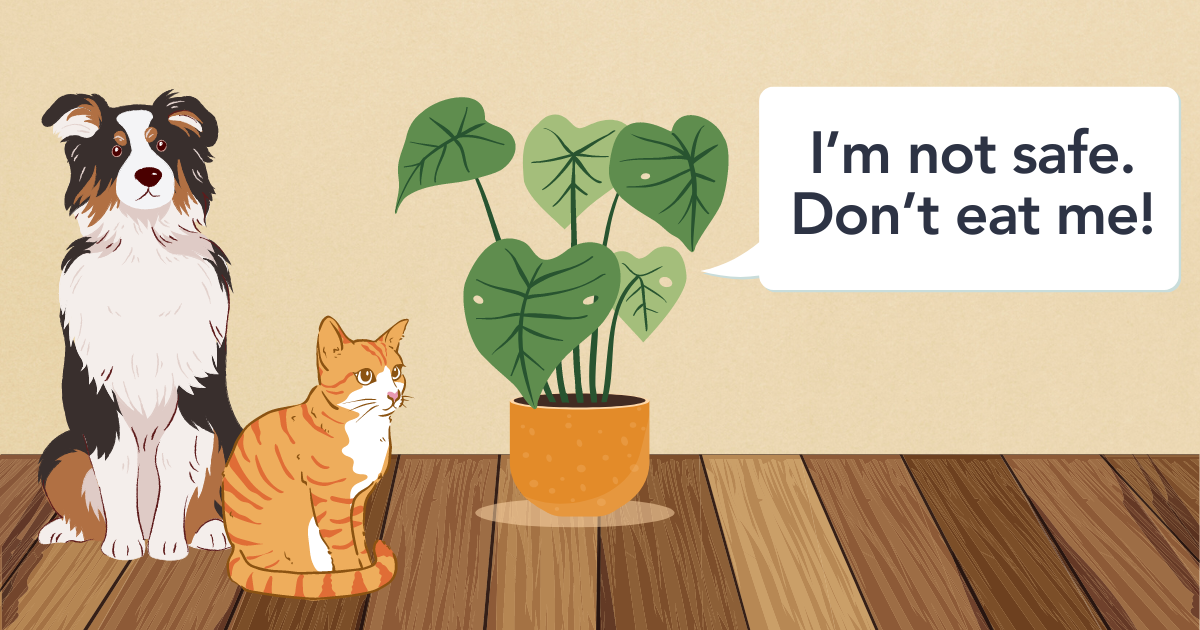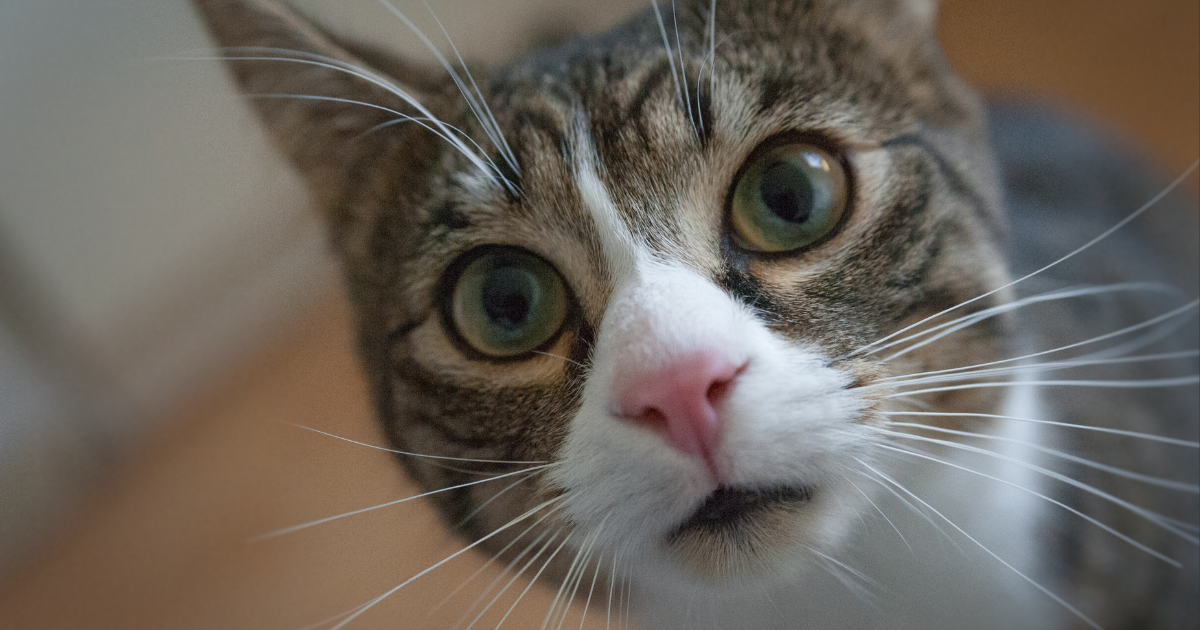Toxicity Alert: Are Philodendrons Toxic?
Philodendrons, with their lush, green foliage, are popular houseplants that can add a touch of the tropics to any indoor setting. However, their beauty comes with a caution, especially for households with pets. The question of "are philodendrons toxic" to our furry friends is a crucial one, and the answer is, unfortunately, yes.
The Nature of the Toxicity
Philodendrons, while being a visually appealing addition to home decor, conceal a less-known danger associated with their composition. Belonging to the Araceae family, these plants contain calcium oxalate, a compound known for its toxic properties. This compound is uniformly distributed across all parts of the plant, making every leaf, stem, and root a potential hazard not just to pets but to humans too. The real danger emerges when the plant is chewed or ingested, leading to the release of calcium oxalate crystals. These are not ordinary crystals; they are microscopic, needle-like structures capable of penetrating soft tissues in the mouth, throat, and gastrointestinal tract, leading to a cascade of adverse symptoms.
For humans, the contact with these crystals can result in immediate and intense pain in the mouth, noticeable swelling in the oral cavity and throat, and significant difficulty in swallowing. This reaction is due to the mechanical injury caused by the crystals, which can physically pierce the mucous membranes and set off an inflammatory response.
Are Philodendrons Toxic To Cats?
Philodendrons, with their lush, green foliage, can brighten any room and bring a touch of the tropics into our homes. However, for cat parents, it's crucial to understand the implications of having these plants around our feline friends.
Understanding the Risks: Philodendrons contain calcium oxalate crystals, a substance that can cause discomfort and health issues in cats. When a curious cat chews on a philodendron leaf, these crystals can penetrate the tissues of the mouth, throat, and stomach, leading to a range of symptoms.
Symptoms to Watch For: If your cat has nibbled on a philodendron, you might notice drooling, pawing at the mouth, decreased appetite, and a general sense of malaise. In severe cases, swelling of the mouth and throat can lead to difficulty breathing, a situation that requires immediate veterinary attention.
Are Philodendrons Toxic To Dogs?
For dog owners, the inclusion of plants in home decor must be approached with mindfulness about their pets' safety. Philodendrons, despite their aesthetic appeal, pose a risk to dogs due to their toxic components.
The Toxic Substance: Similar to cats, dogs are affected by the calcium oxalate crystals found in philodendrons. These crystals can cause oral irritation and gastrointestinal discomfort when ingested.
Signs of Toxicity: Symptoms of philodendron ingestion in dogs include drooling, vomiting, diarrhea, and a visible discomfort. In extreme cases, mouth, tongue, and upper airway swelling can occur, necessitating emergency veterinary care.
Effects on Dogs and Cats

Understanding the effects of philodendron toxicity on dogs and cats requires a deep dive into the physiological reactions pets experience upon exposure to the toxic compounds present in these plants. The discomfort and symptoms arise from the plant's calcium oxalate crystals, which are sharp and can cause mechanical injury to soft tissues upon contact.
Effects on Dogs
When dogs chew on or ingest parts of a philodendron, the immediate release of calcium oxalate crystals into their mouth and gastrointestinal tract can cause a range of symptoms. These symptoms not only cause immediate discomfort but can also lead to dehydration and, in severe cases, complications from the inability to eat or drink properly. These include:
Vomiting: A dog's body will attempt to expel the toxic substance, leading to vomiting. This is often one of the first signs of poisoning.
Excessive Drooling: The irritation in the mouth triggered by the crystals can cause dogs to drool more than usual, as their bodies try to flush out the irritants.
Pawing at the Mouth: Dogs may paw at their mouths due to the discomfort or pain caused by the crystals. This is a clear sign of oral irritation.
Oral Pain: The sharp nature of calcium oxalate crystals can cause significant pain in the mouth, leading to visible distress in affected dogs.
Effects on Cats

Cats, with their smaller body sizes compared to dogs, can experience more pronounced symptoms upon exposure to philodendrons. Prevention is key to avoiding such incidents, which includes educating pet owners about the dangers of certain houseplants and ensuring that pets do not have access to them. Should a pet come into contact with a philodendron, immediate veterinary care is crucial to manage the symptoms and prevent further complications. Veterinarians may provide supportive care that includes pain management, hydration therapy, and monitoring for signs of respiratory distress or systemic involvement. These symptoms include:
Difficulty Breathing: The swelling caused by the crystals can lead to respiratory complications in cats, making it difficult for them to breathe.
Loss of Appetite: The discomfort and pain in the oral cavity often result in a noticeable decrease in appetite, as eating becomes painful or uncomfortable.
Prevention is key to avoiding such incidents, which includes educating pet owners about the dangers of certain houseplants and ensuring that pets do not have access to them. Should a pet come into contact with a philodendron, immediate veterinary care is crucial to manage the symptoms and prevent further complications. Veterinarians may provide supportive care that includes pain management, hydration therapy, and monitoring for signs of respiratory distress or systemic involvement.
Risk to Avian Pets
The toxicity of philodendrons extends beyond mammals to affect avian pets as well. Birds are highly sensitive to various toxins due to their efficient respiratory system and faster metabolism. This sensitivity means that toxins, like those found in philodendrons, can have a rapid and profound effect on their health. The calcium oxalate crystals present in philodendrons, when ingested or even contacted by birds, can lead to symptoms that reflect both the direct irritation caused by the crystals and the systemic effects of the toxin.
Common Symptoms in Birds
Diarrhea and Vomiting: These symptoms can lead to dehydration and electrolyte imbalance, posing a significant risk to a bird's health. The body's attempt to expel the toxin quickly can exacerbate these conditions.
Tremors: A sign of neurological distress, tremors can indicate severe poisoning, reflecting the toxin's impact on the bird's nervous system.
Depression: Changes in behavior, such as decreased activity levels, lack of vocalization, or reduced responsiveness, can be signs of depression in birds, indicating discomfort or pain.
The Need for Vigilance
Owners of avian pets must be vigilant about the plants they introduce into their homes. Birds, often allowed to roam freely or perch in various locations, can easily come into contact with toxic plants. The curiosity of birds, combined with their natural inclination to peck at objects, including plants, increases their risk of exposure to toxic substances.
Preventative Measures
Education and Awareness: Knowledge about the toxicity of common household plants, including philodendrons, is crucial for pet owners. Understanding the potential risks can help in making informed decisions about plant choices in homes with birds.
Safe Environments: Creating a safe living environment for birds involves careful selection of non-toxic plants and ensuring that any potentially harmful plants are kept out of reach or removed from the home.
Emergency Preparedness: Knowing the signs of toxicity and having a plan for quick action, including contacting a veterinarian specializing in avian care, is essential for the well-being of bird pets.
Immediate Actions
When a pet ingests part of a philodendron, the primary goal is to minimize discomfort and prevent the absorption of more toxins. Here's what you should do:
Rinse the Mouth: Gently flushing the pet's mouth with water can help remove plant particles and reduce irritation caused by calcium oxalate crystals. This step should be performed carefully to avoid causing additional stress to the animal.
Veterinary Care: Immediate consultation with a veterinarian is crucial. They can provide specific care tailored to the severity of the symptoms and the pet's overall health condition. Treatment may include pain management, hydration therapy, and measures to protect the gastrointestinal tract.
Creating a Pet-Safe Environment
A pet-safe environment is one where pets are free to explore without the risk of coming into contact with harmful substances. It involves:
Regular Audits: Periodically review your home for potential hazards, including plants, chemicals, and small objects that pets might ingest.
Pet-Proofing: Take proactive steps to secure areas where hazardous items are stored. This might include using child-proof latches on cabinets and ensuring toxic plants are kept in inaccessible areas.
Engagement and Enrichment: Often, pets chew on plants out of boredom. Providing ample toys, playtime, and engagement can help reduce their interest in exploring potentially dangerous plants.
By prioritizing these immediate actions and preventive measures, pet owners can significantly reduce the risks posed by toxic plants like philodendrons. A proactive approach, combined with a strong commitment to pet safety, can ensure a harmonious coexistence between pets and the natural beauty of houseplants.
Fern's Leafy Learnings
Philodendrons contain calcium oxalate, making them toxic to pets and humans if ingested.
Symptoms of philodendron toxicity include oral pain, drooling, vomiting, and difficulty swallowing.
Immediate veterinary care is crucial if a pet ingests any part of a philodendron.
Preventing access to philodendrons or opting for pet-safe houseplants can protect your furry friends.
Cats, dogs, and even birds are susceptible to the adverse effects of philodendron toxicity.
Deepen Your Roots with Flora
At Flora, we not only bring you a vibrant selection of locally sourced, rare, and delightful plants, but we also serve as your continuous guide in your plant parenting voyage, ensuring every leaf in your sanctuary thrives. With our Flora Pod™ technology and a nurturing community of over 250,000 plant lovers, we cultivate a space where every plant parent - novice or expert - can blossom.
We propagate with a commitment to sustainability, connection, and ceaseless growth, fostering a community where each member, and their plants, are cherished and nurtured.
Crave a lush, thriving green space? Adopt a plant from Flora today!
Flora Pod™ is featured on Shark Tank!

Shop Plants
Top 10 Most Popular Roses
Mar 22, 2022
How to Care for China Roses
Mar 11, 2022
How to Care for Chinese Money Plants
May 15, 2020
How to Grow and Care for A Bird of Paradise
Apr 26, 2020
Top 10 Plants To Grow In A Terrarium
May 31, 2022
How to Grow and Care for Lucky Bamboo
Mar 29, 2022
How to Grow and Care for Corn Plants
Mar 29, 2022
How to Care for Madagascar Dragon Trees
Mar 21, 2022













